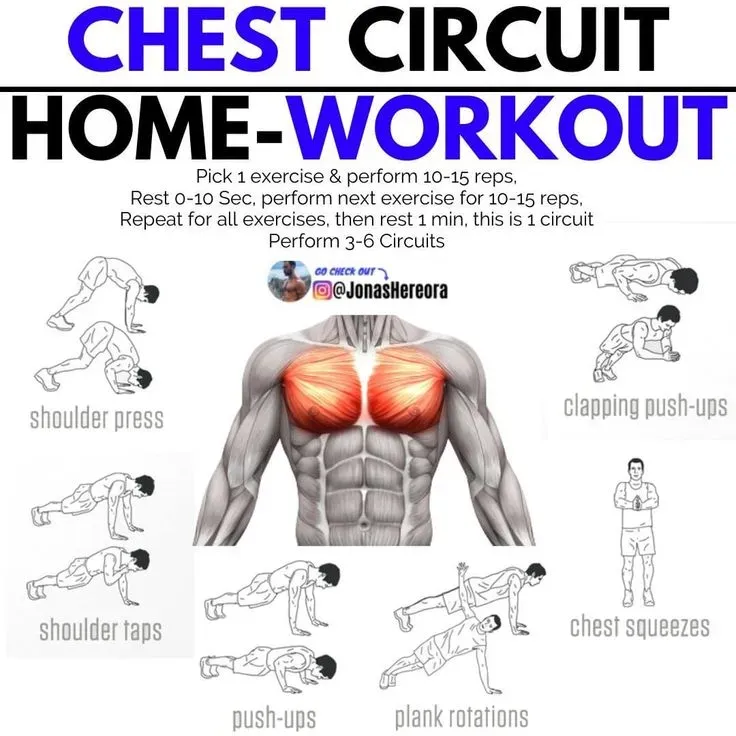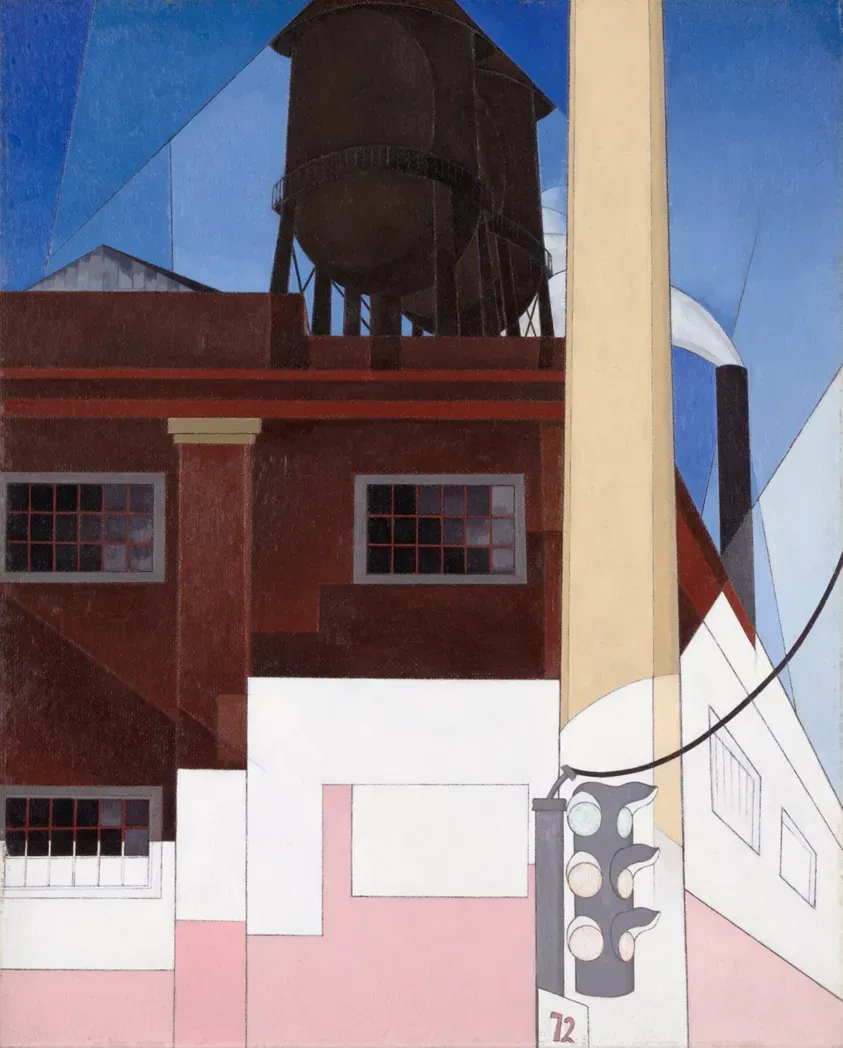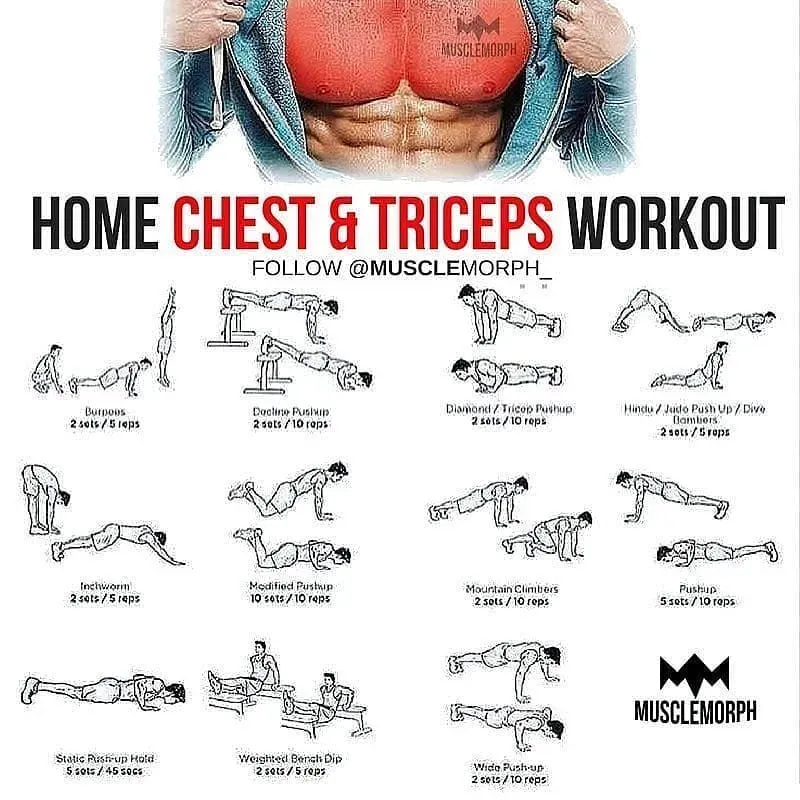Table of Contents
Let's be honest, getting to the gym isn't always easy. Life happens. Maybe the commute's a nightmare, the membership fee stings, or you just prefer the comfort of your own space. But what if you're chasing that strong, sculpted chest? Do you need a fancy bench press and a rack of heavy weights?
Effective Chest Workouts You Can Do At Home

Effective Chest Workouts You Can Do At Home
Ditching the Dumbbells (For Now)
Look, I get it. You see guys benching three plates at the gym and think, "How can I possibly get a chest like that pushing against the floor?" It seems impossible, right? Like trying to build a skyscraper with Legos.
But here's the secret sauce: your bodyweight is a seriously underrated piece of equipment. Seriously. When we talk about effective chest workouts you can do at home, the push-up is the king, queen, and entire royal court. It works your pectorals, shoulders, and triceps all at once. Plus, you can modify it endlessly to make it harder or easier.
Think about it. A standard push-up forces you to lift a significant portion of your body weight. That's resistance. And resistance is what builds muscle. You don't need chrome-plated machines to apply resistance.
My first real chest gains outside of a gym came purely from push-ups. I started on my knees, couldn't do five. Felt ridiculous. But sticking with it, adding one or two reps each time, made a difference faster than I expected.
The Power of Progression
The key to making any home workout effective, including chest workouts you can do at home, isn't just doing exercises; it's making them progressively harder over time. Your muscles are lazy. They won't grow unless you give them a reason to.
If you can bang out 20 perfect push-ups without breaking a sweat, doing another set of 20 won't challenge them much. You need to increase the difficulty. This could mean changing the angle, slowing down the movement, or increasing the volume.
Progression is non-negotiable for building muscle. It's the fundamental driver of adaptation. Without it, you're just doing cardio on the floor.
You have to keep pushing the boundary, even if it's just slightly. That tiny extra effort is where the magic happens.
Here are a few ways to make bodyweight chest exercises harder:
- Elevate your feet (decline push-ups)
- Bring your hands closer together (diamond push-ups)
- Explode off the floor (plyometric push-ups)
- Pause at the bottom of the movement
- Increase the number of repetitions or sets
- Slow down the lowering phase (eccentric control)
Bodyweight Moves for Pec Power

Bodyweight Moves for Pec Power
Mastering the Push-Up and Its Cousins
Alright, let's talk specifics for building real Bodyweight Moves for Pec Power. The standard push-up is your bread and butter. Hands slightly wider than shoulder-width, body straight as a board from head to heels. Lower your chest towards the floor, keeping your elbows at about a 45-degree angle to your body. Push back up. Simple? Yes. Easy to mess up? Also yes. Flaring your elbows out like chicken wings is a surefire way to wreck your shoulders, not build your chest. Keep it tight.
But you're not limited to just the basic version. Once you can do a solid set of standard push-ups, it's time to branch out. Incline push-ups (hands on a raised surface like a table or counter) make it easier, great for beginners. Decline push-ups (feet on a raised surface) hit the upper chest harder and are significantly more challenging. Diamond push-ups, with your hands close together forming a diamond shape, absolutely torch the inner chest and triceps. Plyometric push-ups, where you push off the ground explosively, build power.
Beyond the Basic Push
While the push-up reigns supreme for Bodyweight Moves for Pec Power, it's not the only game in town. You can hit your chest from different angles. Dips, if you have parallel bars or even sturdy chairs, are fantastic for the lower chest and triceps. They're tough, but rewarding. If dips are too hard, try bench dips with your hands on a stable surface behind you and your legs extended in front. This targets the chest and triceps with less intensity.
Another often-overlooked move is the pseudo push-up. This is a push-up variation where you shift your weight forward over your hands, almost stacking your shoulders directly over your wrists. This puts more emphasis on the chest and shoulders, feeling quite different from a standard push-up. Remember, variety hits the muscle fibers differently, contributing to more complete development.
Here are some go-to bodyweight chest exercises:
- Standard Push-Up
- Incline Push-Up (Hands on elevated surface)
- Decline Push-Up (Feet on elevated surface)
- Diamond Push-Up
- Wide Push-Up
- Pseudo Push-Up
- Dips (Parallel bars or sturdy chairs)
- Bench Dips (Hands on bench/chair behind you)
Boosting Your Chest Workouts You Can Do At Home with Dumbbells

Boosting Your Chest Workouts You Can Do At Home with Dumbbells
Why Add Weight to Your Home Grind?
so bodyweight is great, foundational even. But eventually, you'll reach a point where cranking out 50 push-ups feels more like a warm-up than a workout. Your muscles need more stimulus to keep growing. This is where a pair of dumbbells, even adjustable ones or just a few different weights, can totally change your game for Boosting Your Chest Workouts You Can Do At Home with Dumbbells.
Dumbbells allow you to move through a greater range of motion than most bodyweight exercises. Think about a dumbbell fly compared to a push-up. With flies, you're stretching your chest muscles at the bottom of the movement in a way you just can't replicate with your hands fixed on the floor. This deeper stretch can contribute to better muscle development. Plus, you can easily increase the weight as you get stronger, providing that crucial progressive overload we talked about earlier. It's like leveling up your home gym setup without needing a whole new room.
Key Dumbbell Moves for Pec Power
Adding dumbbells opens up a whole new arsenal of exercises for your home chest routine. The most obvious is the dumbbell press, essentially a bench press done with dumbbells. You can do this lying on the floor (floor press), which limits the range of motion slightly but is easy on the shoulders, or on a bench or even a sturdy chair if you have one to allow for a full range of motion.
Dumbbell flyes are another essential. Lie on your back, hold a dumbbell in each hand with palms facing each other, and arms extended towards the ceiling (slight bend in the elbow). Lower the weights out to the sides in an arc, feeling the stretch across your chest, then bring them back up. These are fantastic for hitting the chest fibers differently than presses. Combine presses and flyes, and you're hitting your chest from multiple angles, which is key for balanced development when Boosting Your Chest Workouts You Can Do At Home with Dumbbells.
Dumbbell Exercise | Primary Focus | Why It Works |
|---|---|---|
Dumbbell Floor Press | Mid/Lower Chest, Triceps | Allows heavy weight safely, good for beginners or shoulder issues. |
Dumbbell Bench Press | Full Chest, Triceps, Shoulders | Full range of motion, classic builder. |
Dumbbell Flyes | Inner/Outer Chest | Great stretch, hits stabilizing muscles. |
Dumbbell Pullovers | Chest, Lats, Serratus | Unique movement pattern, expands rib cage. |
Crafting Your Ultimate AtHome Chest Routine

Crafting Your Ultimate AtHome Chest Routine
Structuring Your Home Chest Sessions
you've got the moves down – push-ups, dips, maybe some dumbbell presses if you've got them. Now how do you string them together into something that actually builds muscle and isn't just random floor gymnastics? Think structure, not chaos. A solid routine for Crafting Your Ultimate AtHome Chest Routine needs a warm-up, the main event (your actual exercises), and a cool-down.
Don't skip the warm-up. Five to ten minutes of light cardio (jumping jacks, high knees) and dynamic stretching (arm circles, chest stretches) gets blood flowing and prepares your joints. Skipping this is like trying to start a cold engine at full throttle – usually ends poorly. For the main part, pick 3-5 exercises. Vary the angle and intensity. Maybe start with a compound movement like decline push-ups or dumbbell presses, then move to isolation work like diamond push-ups or dumbbell flyes. Aim for 3-4 sets of 8-15 repetitions for most exercises, pushing close to failure on the last few reps. This isn't a walk in the park; you should feel challenged.
Finding the Right Frequency and Rest
How often should you hit your chest at home? Your muscles don't grow while you're working them; they grow when you're resting and recovering. Generally, hitting a muscle group directly 1-3 times a week is sufficient for growth, assuming you're pushing hard enough during those sessions. For chest, this might mean two dedicated chest days or incorporating chest work into full-body or upper-body splits.
Listen to your body. If your chest is still screaming from your last workout, hammering it again won't help; it'll just increase your risk of injury. Give yourself at least 48 hours, sometimes 72, between intense chest sessions. Rest days are not lazy days; they are growth days. Seriously, don't feel guilty about them. That's when the magic actually happens after you've done the work of Crafting Your Ultimate AtHome Chest Routine.
Routine Type | Chest Frequency | Example Structure |
|---|---|---|
Full Body (3x/week) | 3x/week (integrated) | Mon/Wed/Fri: Push-ups, Dips (part of full routine) |
Upper/Lower Split (4x/week) | 2x/week (upper body days) | Mon/Thu: Upper Body (includes chest, back, shoulders, arms) |
Push/Pull/Legs (6x/week) | 2x/week (push days) | Mon/Thu: Push (includes chest, shoulders, triceps) |
Consistency Over Everything (Almost)
You can have the fanciest routine for Crafting Your Ultimate AtHome Chest Routine on paper, but if you don't do it consistently, it's worthless. Two killer workouts followed by two weeks off won't build much. Aim for consistency. It's better to do three decent workouts a week every week than one epic workout every other week. Find a schedule that works with your life and stick to it. Life throws curveballs, sure, but try to make this a non-negotiable appointment with yourself.
And again, pay attention to what your body tells you. Pain is different from muscle fatigue. If something sharp or unusual pops up, stop. Pushing through real pain is foolish, not brave. It’s the fastest way to sideline yourself for weeks or months. Recovery is just as important as the workout itself. Fuel your body with decent food and get enough sleep. Muscles need building blocks and time to repair.
Your Home Gym Awaits: Final Thoughts on Chest Training
So, there you have it. Building a strong, functional chest doesn't require a gym membership or a basement full of expensive equipment. We've covered how simple bodyweight moves like push-ups in their various forms can be foundational, and how a pair of dumbbells can significantly increase your options and intensity. The key isn't where you train, but how consistently and intelligently you apply effort. Listen to your body, focus on good form over lifting heavy too soon, and remember that progress is a process, not an overnight event. Your living room, backyard, or garage can be the perfect spot to build the chest you're aiming for.
